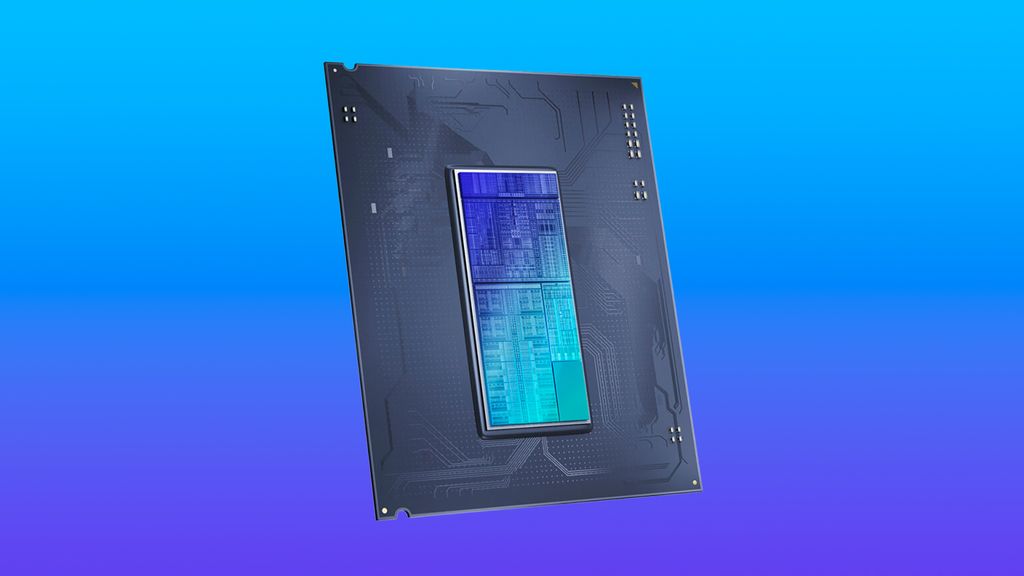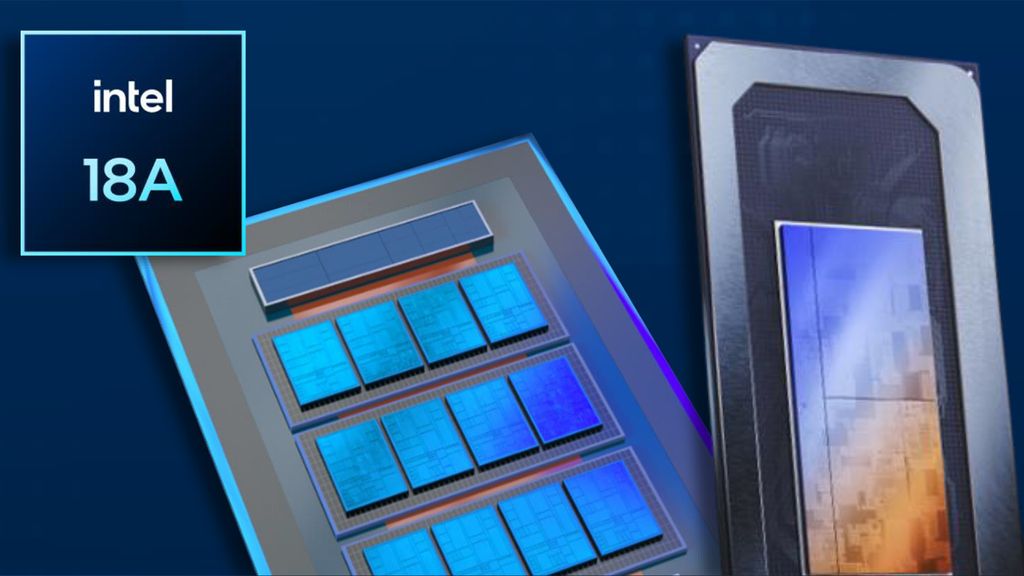
(Image credit: Intel)
Intel is thought to be working on its Panther Lake lineup of mobile CPUs set to release toward the end of this year or early in 2026. Beyond that, the 2026 roadmap is filled with its Nova Lake client processors and Diamond Rapids server processors, and while most of the news surrounding these has come from the rumor mill, we've just got a major official confirmation from Intel itself.
#Intel released the 59th edition of the ISA Extensions Reference with some #PantherCove, #CoyoteCove and #ArcticWolf microarchitecture details#DiamondRapids #NovaLake #WildcatLakeDownload:https://t.co/adBxCjZN4G#AMX_TRANSPOSE removed https://t.co/Sjn0LaDWL1 pic.twitter.com/UEIMeaJcltOctober 1, 2025
Previous leaks have suggested that the Nova Lake family would ship with brand new core micro-architectures, and the latest edition of the ISA Reference document, published by Intel, has just confirmed this. Nova Lake, which will spread across desktop and mobile, will use Coyote Cove P-Cores and Arctic Wolf E-Cores. Updated cores bring IPC uplifts and efficiency improvements — how much so remains to be seen — which are expected to pair with the new LGA 1954 socket for platform improvements, too. Nova Lake may also pack in a new Xe3 GPU tile for integrated graphics.
The flagship Nova Lake-S desktop chip is rumored to feature up to 52 cores, while the mobile lineup will reportedly top out at 28 cores. There were rumors of a Strix Halo competitor dubbed Nova Lake-AX that would mark Intel's re-entry in the booming APU segment, but those have since been put in limbo. Nova Lake will reportedly be manufactured by TSMC for the most part, with at least one tile being fabricated using Intel's own 18A process. It will serve as Intel's direct answer to AMD Zen 6 client CPUs.

(Image credit: Intel)
On the server side, the Diamond Rapids lineup of Xeon CPUs was recently tipped to use Panther Cove P-Cores. Just as a refresher, Intel is currently running two parallel Xeon families: one shipping with only E-Cores (Forrest designation) and one with only P-Cores (Rapids designation); Diamond Rapids is the latter. Unfortunately, these Panther Cove P-Cores will not bring back SMT to Intel's workstation SKUs, but that will reportedly be addressed with the follow-up Coral Rapids family.
A reference to Panther Cove-X also exists in the documentation, assuming it's a variant of the standard P-Core, but there's no additional info on this. Diamond Rapids will focus on pushing core density, reportedly offering up to 192 cores to compete with AMD's Zen 6-based EPYC lineup.
In the ISA document, there was also a reference to Wildcat Lake, the update to Twin Lake (Alder Lake-N) APUs, confirming that they're on the way as well — currently rumored to launch with Panther Lake as lower-end mobile options, contrasting with Panther Lake's mid-to-high-tier target audience. These will feature the Cougar Cove P-Cores and Darkmont E-Cores (the same as the ones on Panther Lake). That's a lot of bodies of water and animals we've mentioned in one article.
Follow Tom's Hardware on Google News, or add us as a preferred source, to get our up-to-date news, analysis, and reviews in your feeds. Make sure to click the Follow button!

-
 C114 Communication Network
C114 Communication Network -
 Communication Home
Communication Home


